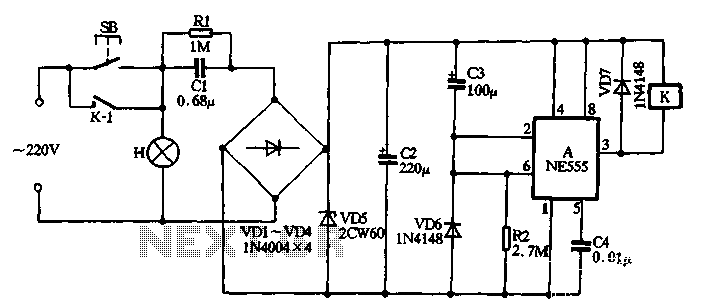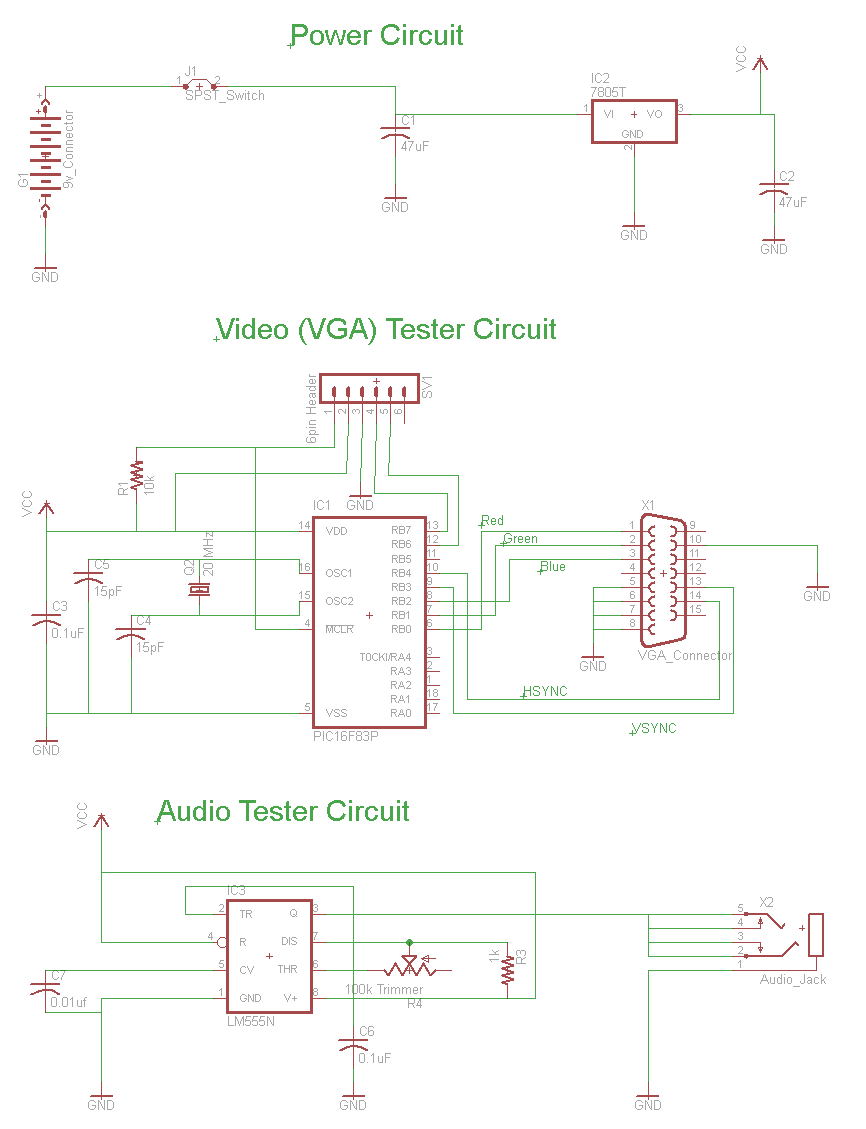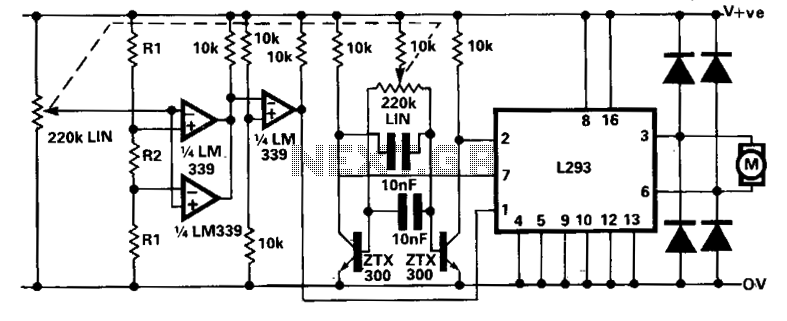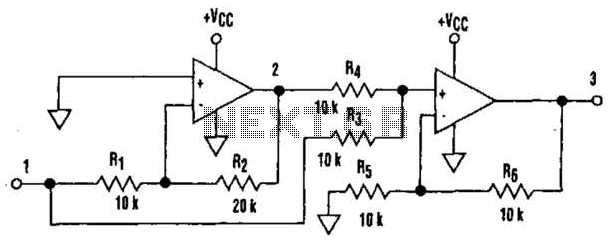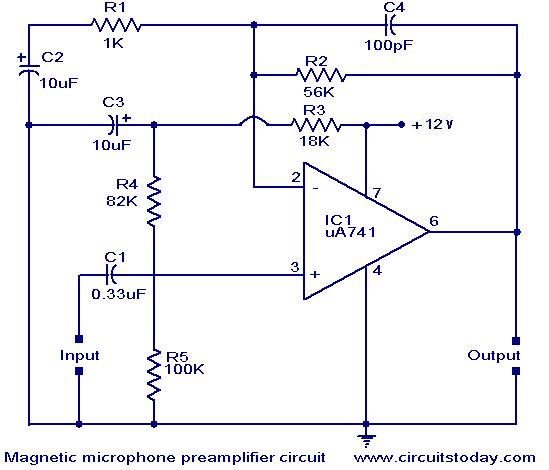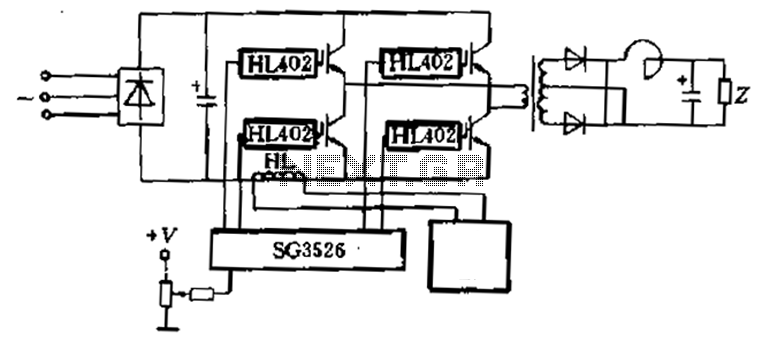
A DC power supply boost circuit
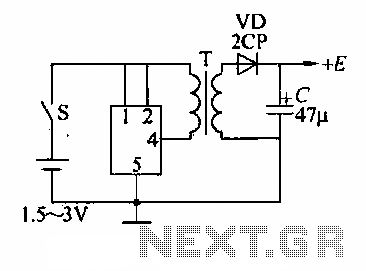
A DC booster circuit is illustrated in the figure, which represents a step-up transformer circuit diagram. The step-up transformer (T) can be utilized to power small transistor radios. The winding ratio can be adjusted to achieve the desired output voltage. Additionally, the circuit can be configured as a voltage doubler, allowing for a design that increases voltage by a factor of 3 or 4.
The DC booster circuit operates on the principle of increasing the voltage from a lower voltage source to a higher voltage output. This is accomplished through the use of a step-up transformer, which consists of primary and secondary windings. The primary winding is connected to the input voltage source, while the secondary winding delivers the boosted voltage to the load.
In this design, the transformer’s winding ratio plays a crucial role in determining the output voltage. By adjusting the number of turns in the primary and secondary windings, the desired voltage level can be achieved. For example, if the primary winding has 10 turns and the secondary has 20 turns, the output voltage will be double the input voltage. This flexibility allows for customization based on the specific requirements of the application.
Furthermore, the circuit can be modified to function as a voltage doubler. In this configuration, the circuit is designed to produce an output voltage that is twice the input voltage. This is particularly useful in scenarios where higher voltage levels are required, such as in powering certain types of electronic devices or circuits that demand more voltage than what is available from the power source.
The voltage doubler or tripler configurations involve additional components, such as capacitors and diodes, which are used to store and redirect the voltage effectively. These components work together to ensure that the output voltage is stabilized and meets the necessary specifications for the intended application.
Overall, the DC booster circuit is a versatile solution for applications requiring increased voltage, with the capability to be tailored to meet specific voltage needs through adjustments in the transformer winding ratio and circuit configuration.DC booster circuit shown in Figure flooded. Which is a step-up transformer circuit diagram, step-up transformer T can receive a small transistor radios changed rattan change the winding ratio according to the desired voltage. Figure 2 b is a voltage doubler circuit, if desired, also be designed as pressure MG} 3, 4 times the pressure circuit.
The DC booster circuit operates on the principle of increasing the voltage from a lower voltage source to a higher voltage output. This is accomplished through the use of a step-up transformer, which consists of primary and secondary windings. The primary winding is connected to the input voltage source, while the secondary winding delivers the boosted voltage to the load.
In this design, the transformer’s winding ratio plays a crucial role in determining the output voltage. By adjusting the number of turns in the primary and secondary windings, the desired voltage level can be achieved. For example, if the primary winding has 10 turns and the secondary has 20 turns, the output voltage will be double the input voltage. This flexibility allows for customization based on the specific requirements of the application.
Furthermore, the circuit can be modified to function as a voltage doubler. In this configuration, the circuit is designed to produce an output voltage that is twice the input voltage. This is particularly useful in scenarios where higher voltage levels are required, such as in powering certain types of electronic devices or circuits that demand more voltage than what is available from the power source.
The voltage doubler or tripler configurations involve additional components, such as capacitors and diodes, which are used to store and redirect the voltage effectively. These components work together to ensure that the output voltage is stabilized and meets the necessary specifications for the intended application.
Overall, the DC booster circuit is a versatile solution for applications requiring increased voltage, with the capability to be tailored to meet specific voltage needs through adjustments in the transformer winding ratio and circuit configuration.DC booster circuit shown in Figure flooded. Which is a step-up transformer circuit diagram, step-up transformer T can receive a small transistor radios changed rattan change the winding ratio according to the desired voltage. Figure 2 b is a voltage doubler circuit, if desired, also be designed as pressure MG} 3, 4 times the pressure circuit.
